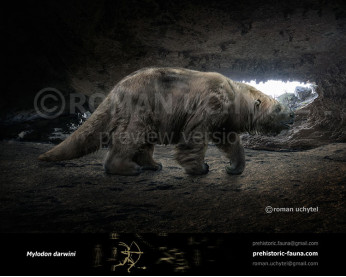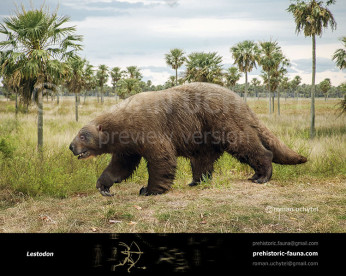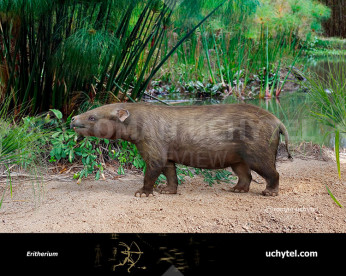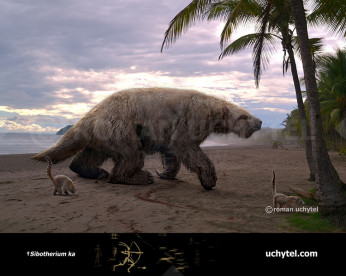Glossotherium robustum
173173Glossotherium (Glossotherium Owen, 1840)
Order: Pilosa
Family: Mylodontidae
Dimensions: length - 4 m, height - 160 сm, weight -1500 kg
Temporal range: lived in America from the Pleistocene
A typical representative: Glossotherium robustum Owen 1842
Glossotherium was a genus of ground sloth. It was a heavily built animal with a length of about 4 metres snout to tail-tip and a weight estimated at 1002.6 kg, and could potentially assume a slight bipedal stance.
Fossils of this animal have been found in South America. It is closely related to Paramylodon of North America, whose specimens have often been confused and assigned to Glossotherium, which in turn was initially assigned to Mylodon. The earliest Glossotherium specimens are known from the Pliocene of South America and are represented by the species, G. chapadmalense. All specimens of Pleistocene age are typically lumped into G. robustum and a few other questionable species. Further research is needed at the species level.
Due to its size and strength, Glossotherium would have had few natural enemies apart from sabre-toothed cats such as Smilodon. It is believed to have died out in Pleistocene.
Glossotherium (Glossotherium Owen, 1840)
Order: Pilosa
Family: Mylodontidae
Dimensions: length - 4 m, height - 160 сm, weight -1500 kg
Temporal range: lived in America from the Pleistocene
A typical representative: Glossotherium robustum Owen 1842
Glossotherium was a genus of ground sloth. It was a heavily built animal with a length of about 4 metres snout to tail-tip and a weight estimated at 1002.6 kg, and could potentially assume a slight bipedal stance.
Fossils of this animal have been found in South America. It is closely related to Paramylodon of North America, whose specimens have often been confused and assigned to Glossotherium, which in turn was initially assigned to Mylodon. The earliest Glossotherium specimens are known from the Pliocene of South America and are represented by the species, G. chapadmalense. All specimens of Pleistocene age are typically lumped into G. robustum and a few other questionable species. Further research is needed at the species level.
Due to its size and strength, Glossotherium would have had few natural enemies apart from sabre-toothed cats such as Smilodon. It is believed to have died out in Pleistocene.

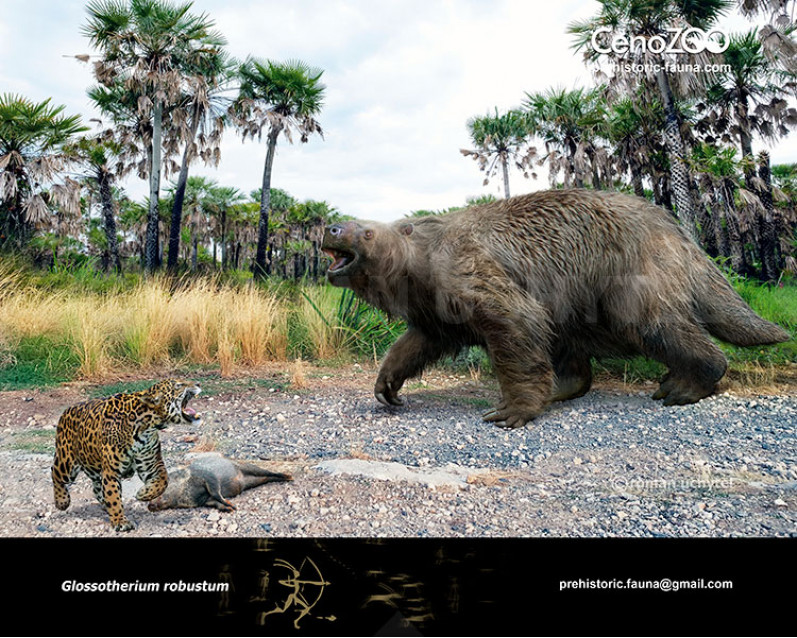
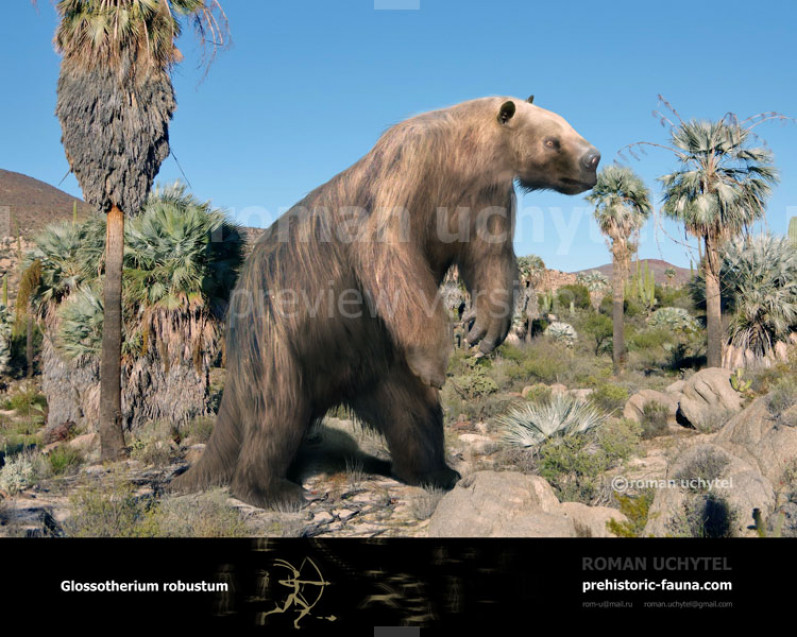
-20-797x638.jpg)
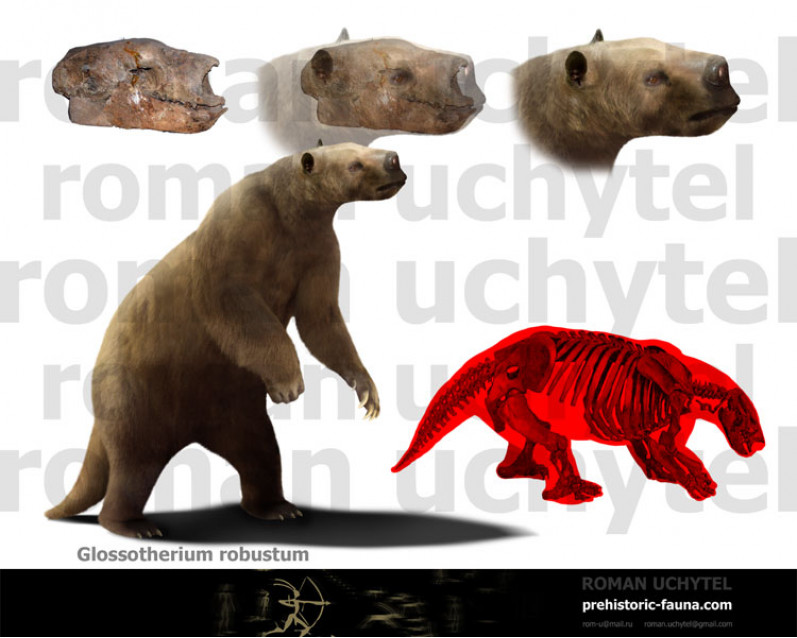


-20-70x56.jpg)

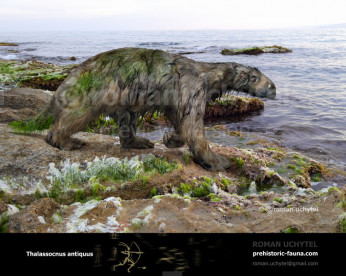
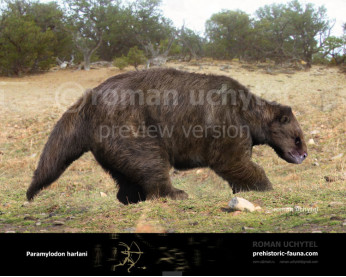
-346x277.jpg)
